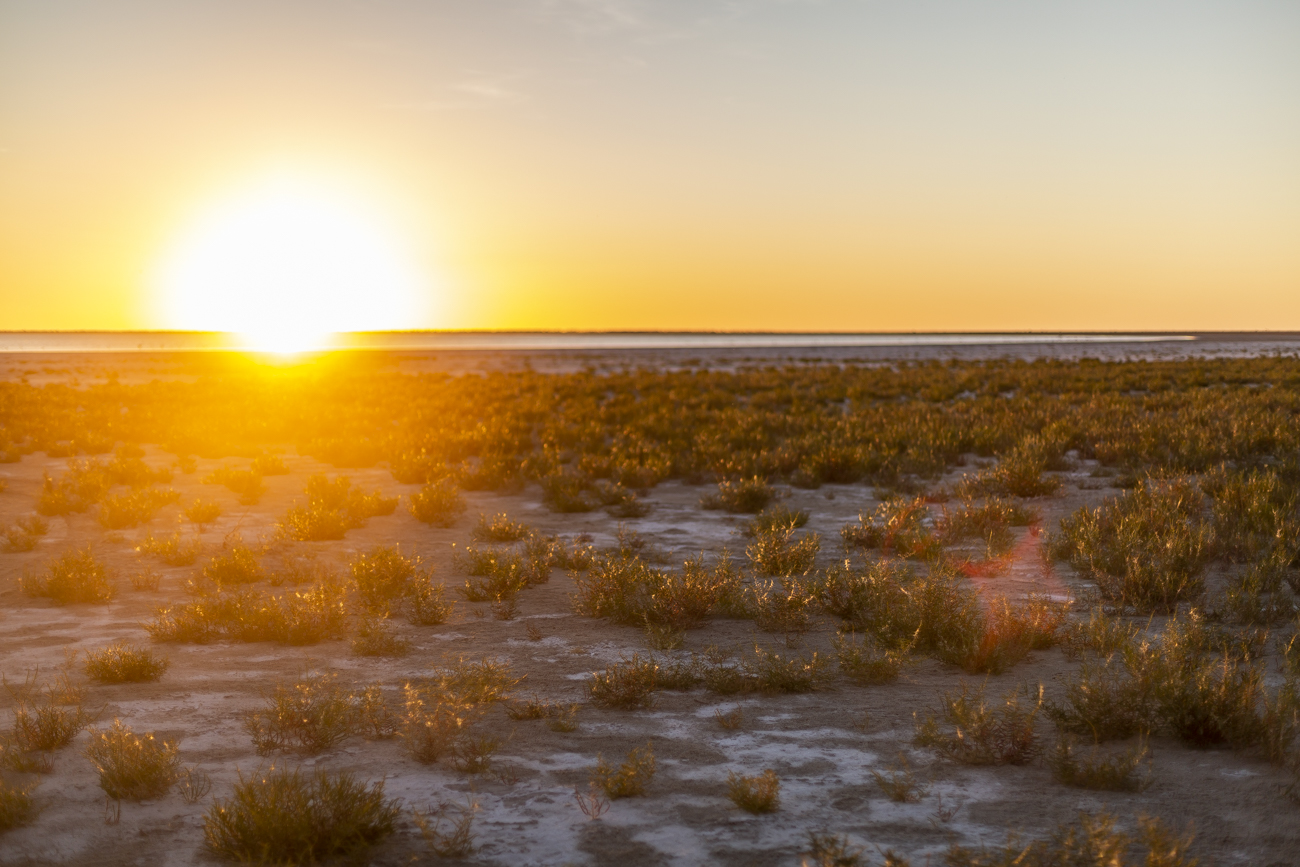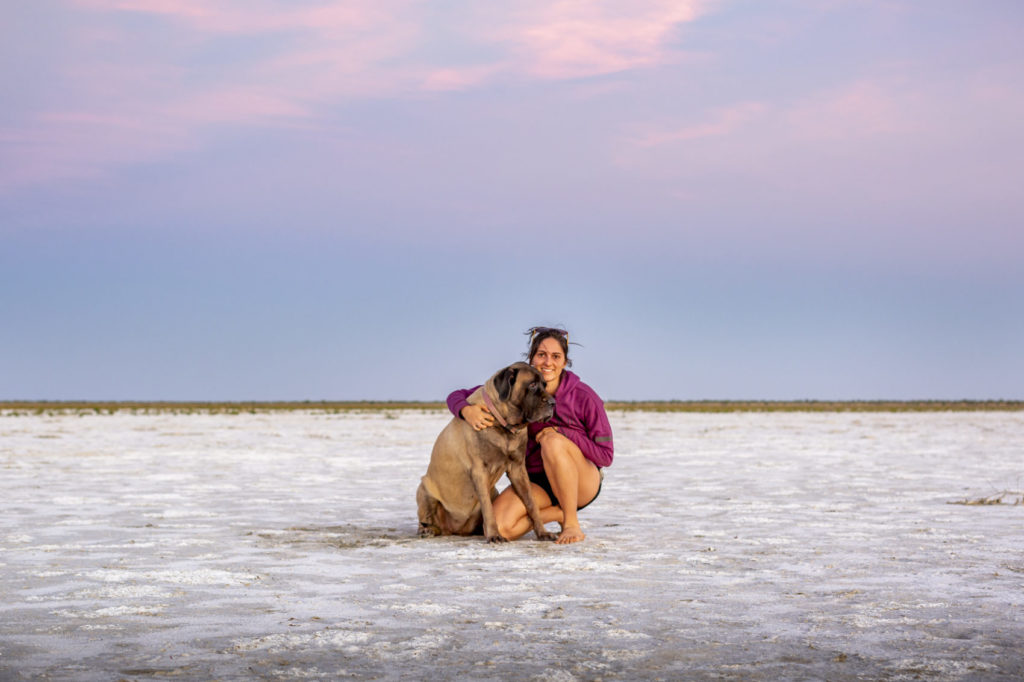


Desert Lake
Landi and Shelby (#1 photography assistant and travel companion), head 8 hours into the Tanami Desert.
Paruku (pronounced ba-roo-goo) is the name of the lake I was headed towards, also known as Lake Gregory or Desert Lake.
If you haven’t heard of Lake Gregory, here’s some quick facts for you:

This was one of my all-time favourite camping trips. Some thought I was a little crazy heading out here on my own (well not on my own, Shelby was with me), as it’s out in the direction of Wolfe Creek Crater. However, I really loved it. The country out this way is beautiful and once we were set up to camp for a few days, not one person came by.
It’s a very odd feeling splashing in the blue water on white sand, with pelicans and water birds surrounding you, then remembering you are in the middle of the desert. I had to keep convincing my mind of this fact.
I paddled out in the lake in a canoe, sat at camp and read a book, cooked up some delicious feeds, collected fire wood, sat by the fire as the sun went down, watched the stars, listened to the wild dogs and dingoes howl at night (and hope they didn’t sniff out Shelby). I took photos of birds, the changing colours of the sky at dusk, my campfire, my set up and the food I made. I had midday naps in the roof top tent, nice warm showers every night with water heated on the gas cooker, talked to Shelby, walked with Shelby, and probably ate about 876 flies. I named this the ultimate-patience-testing-camping-trip, for those who have been in areas with extremely thick and persistent flies – you will understand.
At one stage I also got pretty seriously bogged in the soft white sand, which gave me slight worry and adrenaline rush thinking about the fact there was no phone signal and no one would be likely to head out my way. However, it was a great feeling when I got myself out of the bog, using my favourite trick – floor mats under the back tyres as I reversed out. Good times.
I was lucky to have Jamie Brown from the Paruku Rangers welcome me to their country and show me where I could camp near the lake when I first arrived at Mulan Community.
There’s a special feeling about this place, something that can’t quite be described.
If you’re looking to visit, you’ll need to get a visitor’s permit here which can be found here:
There is also a lot of handy information here:
Enjoyed this post? Subscribe to our mailing list to be notified of future posts, new prints and offers.